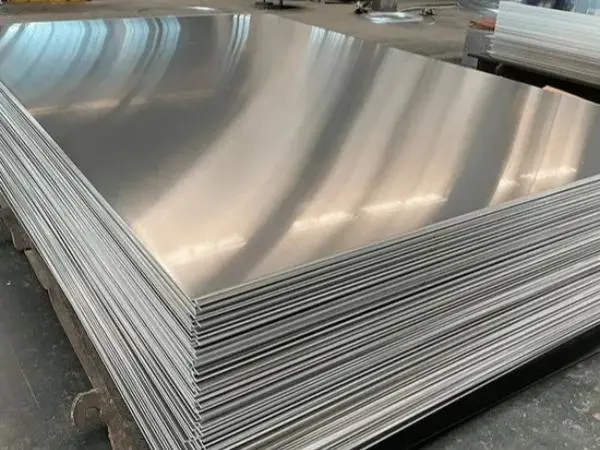- Phone0086 731 8564 8255
- E-mailsales@cscsteel-manufacturing.com
-

The FBE (Fusion Bonded Epoxy) coating process is a widely used method for providing a protective coating to steel pipes, especially in applications such as pipelines for oil, gas, and water transport. The primary purpose of the FBE coating is to prevent corrosion and extend the service life of the pipes, especially in harsh environmental conditions. The FBE coating is known for its strong adhesion, excellent corrosion resistance, and long-term durability.
Continental Steel Co., Ltd is professional FBE coated pipe manufacturer, for more details, please contact:sales@cscsteel-manufacturing.com
FBE Coating Process for Pipes:
- Surface Preparation:
The first step in the FBE coating process is the preparation of the pipe surface. This typically involves abrasive blasting (sandblasting) to remove any rust, dirt, oil, and mill scale from the steel surface.
The surface is usually cleaned to a near-white metal finish (SSPC-SP 10 or Sa 2.5), which is essential for ensuring good adhesion of the epoxy coating to the steel pipe.
The surface is also roughened slightly to enhance the bonding between the pipe and the FBE coating.
- Preheating:
After surface preparation, the pipe is preheated to a temperature between 200°C to 250°C (392°F to 482°F). The heating process helps ensure that the epoxy powder will melt and bond effectively when applied.
The preheating also ensures the correct viscosity and flow properties of the epoxy powder, enabling a uniform coating to be applied to the entire surface.
- Powder Application:
The FBE coating itself comes in the form of a dry epoxy powder, which is electrostatically charged and sprayed onto the heated pipe.
The pipe is rotated while the powder is applied, ensuring even coverage around the entire circumference of the pipe. The electrostatic charge on the powder causes it to be attracted to the pipe surface, ensuring good adhesion.
The thickness of the applied coating is typically between 250 to 500 microns, but this can vary depending on the project’s requirements and the pipe’s intended application.
- Curing:
After the powder has been applied, the coated pipe is moved into a curing oven, where it is heated to a temperature typically between 220°C to 250°C (428°F to 482°F). This process is called "curing" and it causes the epoxy powder to melt, flow, and bond to the surface of the pipe.
Curing typically takes between 10 to 30 minutes, depending on the thickness of the coating and the specific type of epoxy used.
During curing, the epoxy undergoes a chemical cross-linking process that results in a hard, durable coating that is resistant to corrosion, mechanical damage, and high temperatures.
- Cooling:
Once the curing process is complete, the pipe is allowed to cool to ambient temperature. The cooling process solidifies the epoxy coating, ensuring it has fully adhered to the steel surface.
This step is crucial for ensuring the coating’s integrity, as the coating must be solid and smooth before it is handled or transported.
- Quality Control and Inspection:
After the coating is applied and the pipe has cooled, it undergoes several quality control checks to ensure the coating meets the required standards.
Common tests include:
Thickness measurement to ensure the coating is uniform.
Holiday testing (also known as spark testing) to check for pinholes or defects in the coating.
Adhesion tests to verify the bond between the coating and the pipe surface.
Impact and flexibility tests to assess the coating’s durability under mechanical stresses.
- Final Handling:
Once the quality control tests are passed, the FBE-coated pipes are prepared for shipping or further processing. This may involve additional protective measures such as wrapping or storage in conditions that prevent damage to the coating.
In summary, the FBE coating process provides a cost-effective and reliable solution for protecting steel pipes against corrosion, improving the longevity and safety of pipelines in various industries.




